
It just so happens that I have 3 maintenance dogs myself, here are their stories:
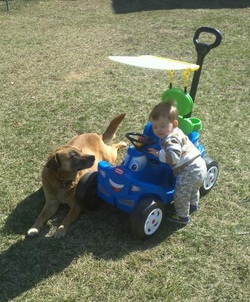
We have spent many hours working on obedience, leadership, thinking instead of reacting, and self control. She is now 6 years old and is one of the best dogs I have ever had but she will always be in a state of "maintenance". When a dog makes her uncomfortable, she comes directly to me and asks me to intervene. However, she still does not get to meet any dogs that come to my facility for training or boarding (don’t worry, she prefers it that way!). She can now be around my other dogs when food is present, however I make sure I feed all my dogs separately. Finally, I do not fear running into other dogs when taking Cena for a walk, however, she will never be one of my Demo and Event Dogs (once again, she doesn't mind this decision!). I also know that if I have not spent an adequate amount of quality time with her, her behavior will reflect that.
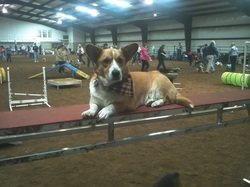
Through lots of desensitization, self control exercises, and leadership activities Tru has learned one of my Golden Rules "If you cannot say anything nice, don't say anything at all". Tru now participates in most of my on leash greeting exercises in my puppy group classes. She does wonderfully at her "job" because she trusts me implicitly with her safety, knowing I will not put her in a situation that is not safe. She has also learned that when she does feel uncomfortable, that is it okay to say politely that she does not want to greet a dog (by passing by them and ignoring them) and I respect that decision. She will always be a very excitable dog who needs continued work on self control. (Especially when she has been "off work" for awhile, like when she attends January classes after a long Christmas break!) but she definitely gets compliments everywhere she goes, especially from people who know how stubborn Corgis can be!
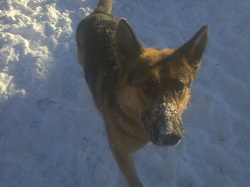
Nowadays my husband and I look at each other and shake our heads, wondering why anyone would not want the dog we have today but we definitely remember how much work it took (and still takes) to manage her personality. She will always have tendencies toward higher anxiety. She will probably always need some supervision if she is in the yard during gunfire, fireworks, or thunder as she may have a relapse and jump the fence. She tends to get "wired" if I have had an extra dog boarding and she isn't getting the attention she is used to from me. She usually needs some extra training sessions if she has been getting a smaller piece of the pie of quality time. Despite her initial anxiety about greeting other dogs, she is now one of the best dogs I have for dog to dog greetings on leash and off. She still has her moments of fragility but turns to me for encouragement and help in those situations instead of lashing out at the other dog.













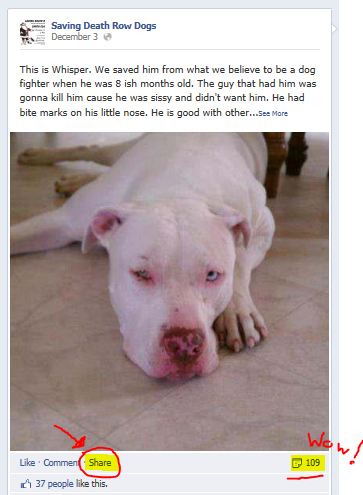




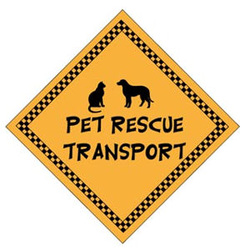


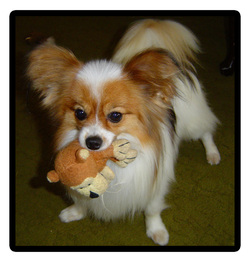
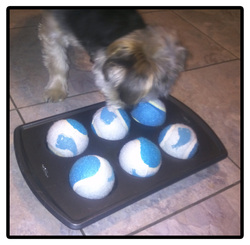
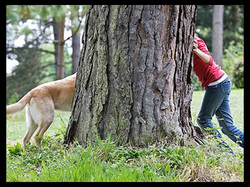
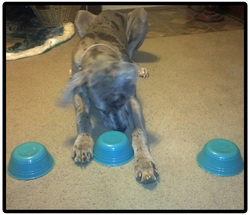
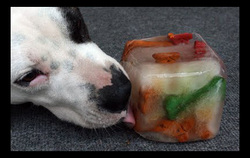
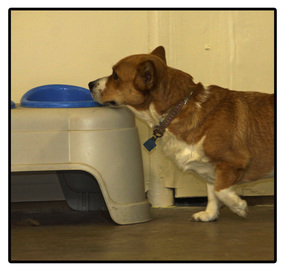
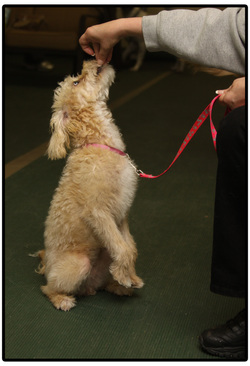
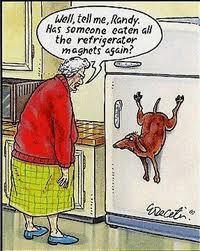











 RSS Feed
RSS Feed